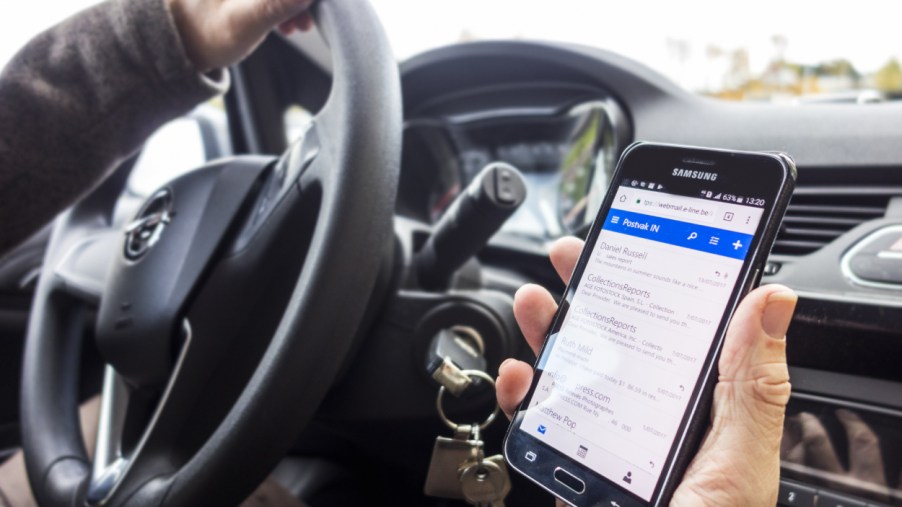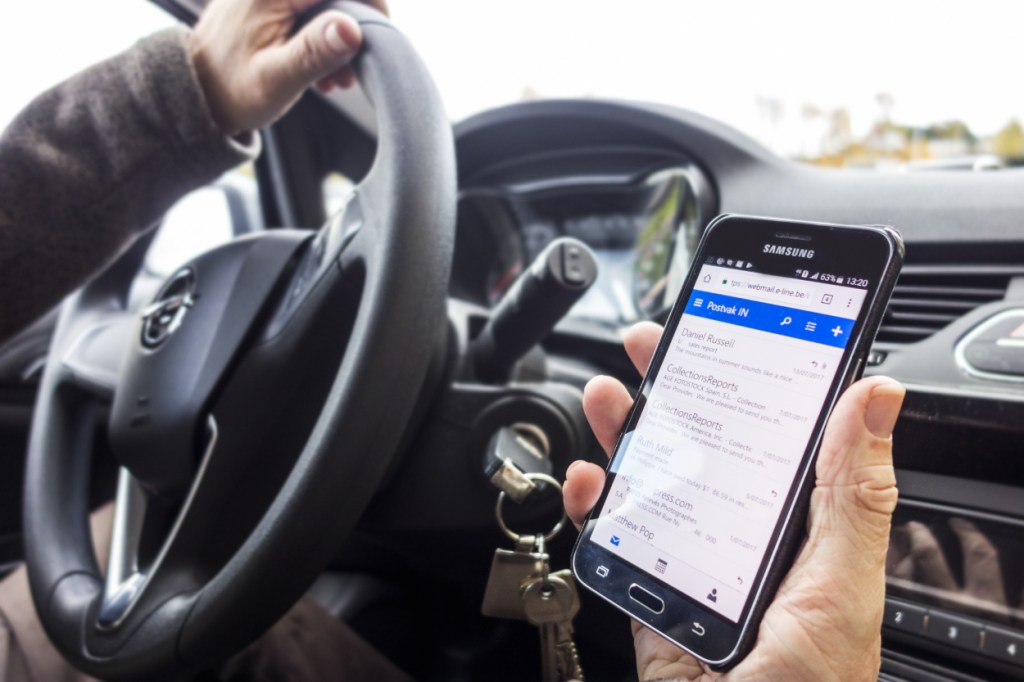
The Surprising Way We Might All Become Worse Drivers in the Future
The newest cars almost always come with the newest tech, and while that’s usually a good thing, it may not be in the future. Self-driving car technology is slowly but surely getting more advanced, and it won’t be long until it’s standard on most cars. Here’s a look at how those high-tech safety features may make us worse drivers in the future.
An overview of the new study
The Insurance Institute for Highway Safety, or the IIHS, recently conducted a study in conjunction with MIT. The study looked at how the behavior of 20 drivers changed as they drove around in cars that were equipped with some form of self-driving car technology. Like the IIHS explained, there are technically six levels of self-driving car technology, and they range from Level 0 to Level 5.
Level 0 means that the car has exactly no self-driving car capability while Level 5 means that the car can fully drive themselves. Currently, the most advanced self-driving cars on the market are only Level 2.
In this new study, half the participants drove a Land Rover Range Rover Evoque, which was equipped with Level 1 self-driving capability thanks to its adaptive cruise control system.
The other half of the participants drove a Volvo S90, which was equipped with adaptive cruise control as well as Volvo’s Pilot Assist feature. This made the S90 a Level 2 self-driving car. The researchers studied the participants for a month, and the results were surprising.
How advanced technologies can make us worse drivers

Like the IIHS wrote, the study found that the participants gradually became more distracted as they learned how to use their car’s self-driving tech when compared to how they behaved without any self-driving tech.
In fact, the report stated that, “They were more than 12 times as likely to take both hands off the wheel after they’d gotten used to how the lane centering worked.”
That said, the most surprising finding from this study was the fact that the drivers who only used the Level 1 self-driving tech were actually less likely to lose focus than the drivers who were using the Level 2 self-driving tech.
Indeed, the IIHS wrote that, “Drivers using ACC in both the Evoque and the S90 weren’t any more likely to remove both hands from the wheel than when driving manually.”
While this was a small study, it did show a surprising trend where the more advanced the self-driving tech got, the more distracted the driver could become. The study said that this could be because drivers put too much trust in how advanced their car was, and as a result, they became more likely to get distracted and do something else. That being said, this surprising trend may not continue for long.
What’s being done to solve this car safety problem
According to the study, in Europe, the European New Car Assessment Program has started putting ratings on self-driving tech that measure how, if at all, those technologies ensure that drivers are focused on the road. These monitoring systems can help fix the trend of drivers not paying attention because they trust their self-driving car technology too much.
However, the U.S. does not have a similar program as of now, but that doesn’t mean that American automakers aren’t aware of this issue. The IIHS has issued similar recommendations in the past, and it may not be long before attention monitoring features become as mainstream as self-driving tech.
That said, in the meanwhile, it’s important that drivers don’t put too much trust in their car’s self-driving tech right now. The IIHS wrote that drivers losing focus or getting distracted was involved in “every probe of fatal crashes involving partial automation.”



